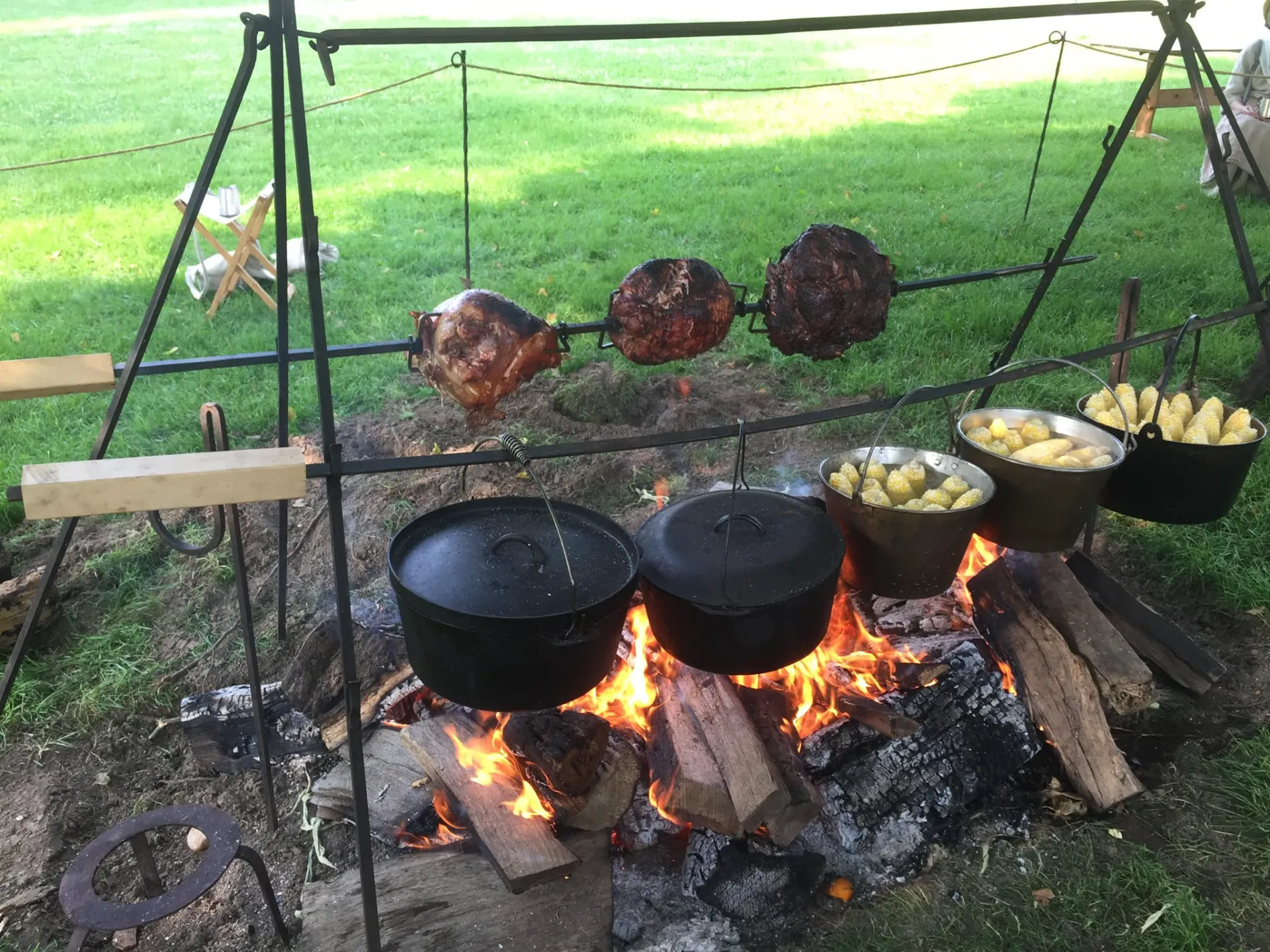
how to properly season cast iron skillet
How to Properly Season a Cast Iron Skillet
Cast iron skillets have long been cherished by chefs and home cooks alike for their durability, versatility, and ability to retain heat. However, to maintain their non-stick properties and prevent rust, proper seasoning is essential. Seasoning a cast iron skillet involves coating it with oil and heating it to create a natural, protective layer. Here’s a step-by-step guide on how to properly season your cast iron skillet.
Materials Needed
Before you begin, gather the following materials - A clean cast iron skillet - Vegetable oil, flaxseed oil, or another high smoke-point oil - A paper towel or a clean cloth - Aluminum foil - An oven
Step 1 Clean Your Skillet
If your cast iron skillet is new, it likely has a factory coating that should be removed. If it’s used and has built-up residue, you’ll need to clean it thoroughly. Use hot water and a stiff brush or sponge to scrub out any stuck-on food. For stubborn spots, consider using a mixture of salt and oil to create an abrasive paste. Avoid using soap if possible, as it can strip the seasoning. Rinse and dry completely with a towel.
Step 2 Apply Oil
Once your skillet is clean and dry, it’s time to apply the oil. Choose a cooking oil with a high smoke point, such as vegetable oil, canola oil, or flaxseed oil. Pour a small amount onto a paper towel, then wipe the oil across the entire surface of the skillet, including the bottom and handle. You want a thin, even layer—too much oil can result in a sticky surface.
Step 3 Heat Your Skillet
how to properly season cast iron skillet

Preheat your oven to 450°F (232°C). While the oven is warming, line the bottom rack with aluminum foil to catch any drips. Place the skillet upside down on the middle rack of the oven. This allows any excess oil to drip off and prevents pooling.
Step 4 Bake
Let the skillet bake in the oven for about an hour. The heat will polymerize the oil, forming a hard, protective layer on the skillet. After an hour, turn off the oven but leave the skillet inside to cool down gradually. This slow cooling process helps to further strengthen the seasoning.
Step 5 Repeat if Necessary
For a well-seasoned skillet, you may want to repeat the oil application and baking process several times. A minimum of three applications is recommended for a robust seasoning. Each layer builds upon the previous one, creating a more non-stick surface.
Step 6 Maintenance Tips
To keep your cast iron skillet in top shape, remember to always dry it thoroughly after washing. Store it in a dry place to prevent moisture from causing rust. If food starts to stick or if you notice any rust spots, simply repeat the seasoning process.
Conclusion
Seasoning your cast iron skillet is crucial for maintaining its longevity and performance. With proper care, your skillet can become a family heirloom, enhancing the flavor of your meals for years to come. By following these simple steps, you can ensure your skillet is always ready for your favorite recipes, from crispy cornbread to perfectly seared steaks. Remember, a well-seasoned cast iron skillet not only improves cooking performance but also adds a touch of rustic charm to your kitchen. Happy cooking!
-
Season Cast Iron Perfectly with GPT-4 Turbo TipsNewsAug.01,2025
-
High Quality Cast Iron Cookware - Baixiang County Zhongda MachineryNewsAug.01,2025
-
Premium Cast Iron Pan: Durable & Perfect HeatNewsAug.01,2025
-
High Quality Kitchen Durable Black Round Cast Iron Cookware Pancake Crepe Pan-Baixiang County Zhongda Machinery Manufacturing Co., Ltd.NewsAug.01,2025
-
Cast Iron Cookware - Baixiang County Zhongda Machinery | Nonstick, Heat ResistanceNewsAug.01,2025
-
High Quality Kitchen Durable Black Round Cast Iron Cookware - Baixiang County Zhongda Machinery | Non-Stick, Heat Retention, DurableNewsJul.31,2025


